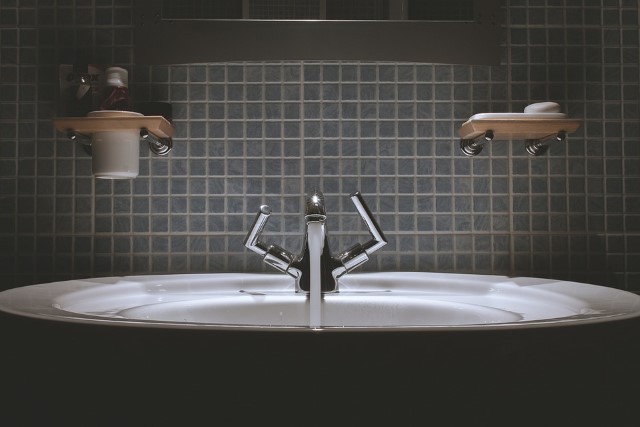The flow rate of a faucet, which refers to the amount of water it delivers per minute, plays a significant role in both water conservation and daily convenience. As responsible homeowners, understanding and managing faucet flow rates can make a considerable difference in conserving water resources and reducing utility bills.
Conservation Benefits:
- Water Savings: Opting for faucets with lower flow rates can significantly reduce water consumption, saving both resources and money.
- Environmental Impact: By using less water, homeowners contribute to the conservation of local water sources and help mitigate environmental stress.
Daily Convenience:
- Balancing Act: While conserving water is important, choosing an extremely low-flow faucet can impact daily tasks like washing dishes or filling pots. Finding the right balance between water conservation and functionality is key.
- Aerators: Faucet aerators are attachments that mix air with water, reducing the flow rate without compromising pressure. These are cost-effective additions that can improve water efficiency.
Choosing the Right Faucet:
- Labeling: Look for faucets labeled with their flow rate. Most modern faucets offer options ranging from 1.5 to 2.5 gallons per minute (gpm).
- Certifications: Consider faucets with WaterSense or similar certifications, indicating they meet strict water efficiency and performance criteria.
- Customization: Some faucets offer adjustable flow rates, allowing you to tailor the water flow to your needs.
In conclusion, faucet flow rate is a vital aspect of both water conservation and convenience for homeowners. By choosing faucets with optimal flow rates and utilizing features like aerators, you can strike the right balance between maintaining daily functionality and contributing to a more sustainable future.


Recent Comments